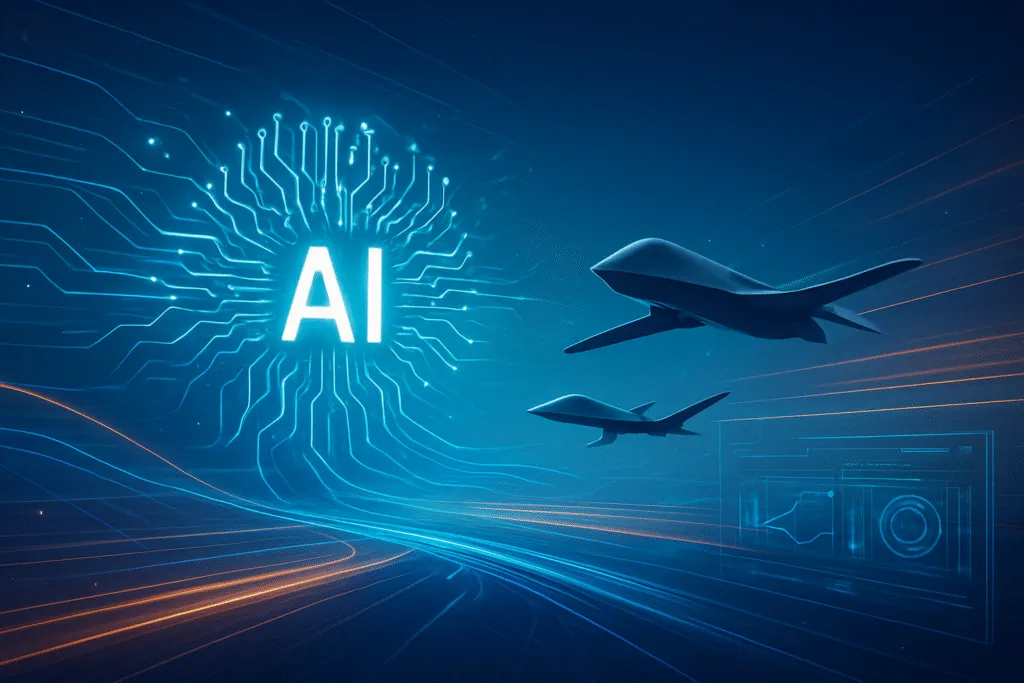The defense sector is undergoing a seismic shift, driven by the urgent need to accelerate procurement timelines and integrate cutting-edge artificial intelligence (AI) solutions. At the forefront of this transformation is BMNT, an advisory firm co-founded by Dr. Alison Hawks and Pete Newell. BMNT’s frameworks, notably “Hacking for Defense” (H4D) and “Hacking for X,” are designed to slash the Department of Defense’s (DoD) notoriously slow 14-year procurement cycle. By adopting agile, startup-inspired methods, BMNT aims to bring the defense sector into the 21st century, fostering rapid innovation and collaboration with commercial tech companies.
BMNT’s approach is not just about speed; it’s about reimagining how the military identifies and acquires new capabilities. Instead of rigid, prescriptive requirements, BMNT emphasizes early collaboration with innovative founders and a shift toward an evidence-based system. This agile methodology acts as a bridge between the defense sector and the commercial tech world, enabling startups and tech giants like Google, Microsoft, and Amazon to contribute AI solutions. The result is a broader defense industrial base, with clearer pathways and stronger incentives for AI companies to engage with the government.
The benefits of this new approach are already evident. Startups, often stymied by long, opaque procurement cycles, now have access to mentorship, non-dilutive funding through programs like Small Business Innovation Research (SBIR), and direct connections to government customers. TokenRing AI highlights the success story of Offset AI, a startup that, through BMNT’s H4XLabs, developed vital drone communication solutions for the Army and discovered commercial opportunities in agriculture. This dual-use innovation underscores the power of BMNT’s frameworks to drive both defense and commercial advancements.
However, the integration of AI into defense brings with it significant risks, particularly the danger of automation bias. As AI-enabled systems offer unprecedented speed and agility on the battlefield, there is a growing tendency for human operators to place uncritical trust in automated outputs. This risk is not hypothetical. Researchers Hyeyoon Jeong and Mathew Jie Sheng Yeo cite the example of the Israeli Defence Force’s use of the AI-based targeting system “Lavender,” which generated kill lists for operators to approve—sometimes with as little as 20 seconds of review per target. In such high-pressure scenarios, human judgment risks being reduced to a mere formality, with potentially fatal consequences if the AI’s recommendations are flawed.
The U.S. Defense Advanced Research Projects Agency (DARPA) has demonstrated that AI can outperform human pilots in certain tactical situations. As AI systems become more capable and deeply integrated into military operations, the temptation to delegate critical decisions to algorithms will only grow. Jeong and Yeo warn that without robust safeguards, this could lead to a dangerous erosion of “meaningful human control,” a principle supported by international agreements like the Convention on Certain Conventional Weapons (CCW), but one that remains ambiguously defined and inconsistently applied.
The accelerating AI arms race between the U.S. and China adds another layer of complexity. Both countries are investing heavily in military AI, and as their systems become more advanced, the incentives to rely on machine judgment increase. Jeong and Yeo propose that Washington and Beijing formally acknowledge the dangers of automation bias and work together to clarify what constitutes “meaningful human control” in military AI applications. Such a joint declaration—building on the Biden-Xi summit agreement to maintain human control over nuclear decisions—could establish vital guardrails against the unchecked delegation of life-and-death decisions to autonomous systems.
Practical steps could include the development of a shared glossary of AI-related terms, structured dialogues to refine the definition of “meaningful” control, and the enhancement of training programs for military personnel operating AI systems. By strengthening AI literacy and fostering transparency, both sides could reduce the risk of catastrophic errors and build the confidence needed for future military exchanges.
Meanwhile, BMNT’s process innovations are driving a broader cultural shift within the defense establishment. By embedding Mission Deployment Teams within government commands and scaling H4D programs globally, BMNT aims to create a more agile, responsive, and technologically advanced defense ecosystem. The long-term vision includes the development of fully autonomous systems—unmanned aerial vehicles, ground robots, naval vessels, and even AI-piloted fighter jets like Shield AI’s X-BAT—capable of complex operations with minimal human intervention.
Yet, the challenges are formidable. Data availability and quality, especially for classified battlefield information, remain significant hurdles for AI training. The armed forces face a shortage of AI talent and robust infrastructure, and ethical, legal, and societal concerns about autonomous weapons and AI bias loom large. Ensuring model robustness, cybersecurity, and interoperability with legacy systems is crucial, as is fostering a culture

